Create an acceptable microclimate in your house, protect it from drafts and dampness ...
|
|
Each owner of the land seeks to equip it in accordance with his ... |
The constantly expanding flooring market is at a certain stage ... |
Doors repair with your own hands
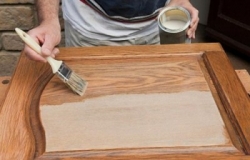
Look with sadness at a sagging door with a jamming lock and shackled varnish? Are you planning to replace it as soon as possible? Do not hurry! To make such a cardinal decision is easiest. But why not try to cope with the problem? Most door defects are successfully treated at home, without the help of professionals. Doors repair with your own hands are a real opportunity to save a decent amount of money and make sure that the born master lives in each of us.
Table of contents
- DIY wooden doors repair: Eliminate typical defects
- Repair of metal doors - What can be done with your own hands?
- How to repair a plastic door?
- DIY door leader repair
- Summary
DIY wooden doors repair: Eliminate typical defects
When doors need repairs?
While the doors look presentable, and there are no difficulties with their operation, the absolute majority does not even come to mind the need to regularly care for the design. But from time to time, even the most disappeared and high -tech samples need to be examined and preventive manipulations of surface purification, adjustment and lubrication of loops, and coating with special compounds. If you do not do this, one fine day you will find that the doors:
- sank and scratch the floor;
- creak;
- dangling on loops;
- they close poorly, entering the box too tight;
- went out, cracks appeared in them;
- etc.
Problems with the box (staggering), a decorative external trim of the canvas (veneer peeled off, the paint was peeled).
It is worth knowing! The cause of malfunctions in the functioning or spoilage of the appearance of the structure is not always improper operation. Often the root of evil lies as the door itself, a violation of the technology of its production.
Strengthening the door frame
A box that is poorly held in the opening can be strengthened with the help of such a simple algorithm of action:
- Remove the platbands and the door leaf.
- Level the box.
- Fix the box in the correct position.
- Drill two or three holes in the loop and castle racks (be sure to delve into the wall).
- Put wooden dugs into the holes (of hardwood) or steel pins, previously greased with epoxy glue.
- Burn the canvas again, attach the platbands.
Note! Correcting the position of the box must be considered the convenience of opening/closing the door should not suffer.
Elimination of malfunctions with loops
If the door touches the threshold or floor, does not close well, dangles, then, perhaps, you will need replacement, adjustment or outwealth of the loops.
First of all, check how firmly the upper loop holds: if necessary, tighten the screws.
A slightly settled door can be returned to the place with a metal washer or wire ring, worn on the loop pin (the council is relevant for structures equipped with removable loops).
None of the tricks helps? You can try to deepen the recess under the loop plate (in the strapping bar).
When working with loops, it also happens that the screws turn and tighten them especially if you make repair of the old door with your own hands. What to do in this case? Several options are possible here:
- Replace the fastener with a longer sizes.
- Seal with matches the holes for the screws.
- Rearrange the loops slightly higher or lower.
Correction of the geometry of the canvas
Sometimes, even a runaway inspection helps to understand that the door malfunctions are not in the box, and not even in the hinges but in the canvas itself. More precisely in his geometry.
The canvas can swell from moisture or dry. And also, after several stains or varnishes, a too thick layer of protective equipment can form on it. What to do?
Close the door tightly and evaluate the size of the gaps. If they are too small or absent, remove the canvas from the hinges and toss the strapping.
Be careful! Before stricting, it will not be superfluous again to make sure that the matter is definitely not in the deformed box.
Big gaps do not matter
The door made of unbearable wood during operation will inevitably dry out. And this can lead to a lot of problems. Large loops between the canvas and the box, the tongue of the latch, which does not reach the response bar, in the general sagging design, agree, it is not enough pleasant. What to do?
- Report the loops in such a way as to tighten the door up.
- Attach the bar of the required sizes to the lower end of the canvas, put it flush.
- Eliminate the side gaps using a bar screwed to the loop end of the door.
- Glitting between the strapping and the strips, plunge, clean.
- Paint the bar.
Strengthening philanters
The dry door is not only gaps. This is also a strain of Philna’s strapping poorly in the grooves.
In this situation, it is recommended to glue the strapping bars again. To do this, the door is removed from the loops, disassemble, thoroughly cleaned of old glue and dirt. Then the bars are connected (glued), inserted in the place and place the transformed structure into the clamping device.
Cracks in the door
Repair of interior doors with your own hands often implies the sealing of cracks. We'll have to tinker but the result is worth it.
The algorithm of actions:
- Place the door on the table/goats.
- Remove from the surface, the stroke coating can be used by sandpaper, special liquid agents, pr.
- Pull the canvas with a small skin.
- Small cracks and scratches are stuck with putty on wood/mixture of epoxy glue and sawdust.
- Treat the dried surface again with a skin.
- Large cracks (including through) be disguised as greased with glue with wooden inserts.
- Bend the visible irregularities.
- Grind the entire surface of the door.
- Cover the canvas varnish or paint. If this is not interior, and the front door of the varnish should be applied to at least two layers.
Repair of metal doors What can be done with your own hands?
Metal doors design more than wooden, however, it is not so easy to repair it on its own.
The door was distorted
It is impossible not to notice the door of the door. It begins to scratch the threshold, ceases to close well, its sound and heat-insulating properties deteriorate sharply. There may be several reasons for this phenomenon.
The first of them is too much the weight of the metal canvas. If the door is made of thick multilayer steel, even the highest quality loops one day will not stand. DIY front door repair in this case is extremely complicated. You can try your luck by cutting off old loops and replacing them with new ones.
The second natural wear of the loops. If they are screwed, not welded, then it is not difficult to fix the situation. The main thing is to find high -quality accessories with a suitable design among the assortment of stores.
The third skew of the door frame. It is eliminated by driving wedges under the base of the structure.
The door rustled
Especially gets the lower part of it.
To put rusty metal doors in order, you will have to put a number of rather laborious manipulations.
- Prepare the design for repair dismantle the seals, accessories, etc.
- Clean the rust with a metal brush, as well as the entire peeling paint.
- Run the surface.
- Degrease the doors with a solvent.
- Bend damaged areas (it is recommended to use a tool for cars).
- Over again, stirring, striving for its ideal evenness.
- Bright the door with an aerosol primer.
- Apply the first layer of paint.
- Run (if necessary) for the resulting subterations.
- Apply a second layer of paint.
- Install accessories and seals on a dried -up renovated door.

How to repair a plastic door?
Plastic doors are considered exemplary-aesthetic and reliable. But with a long service life, some malfunctions in their work are not excluded. Therefore, to know how to repair plastic doors with your own hands is still worth it.
Falf of the door handle
This breakdown is one of the most characteristic of the plastic structure. To replace the fittings, turn the decorative plate at the base of the handle at ninety degrees and unscrew two screws.
If the pen is intact, but turns with great difficulty, it is quite possible that the lubricant simply dried up. To save yourself from torment, purchase lubricants and process it all the moving elements of the mechanism.
The sagging of the door
To eliminate this problem, the door position should be adjusted using a end hexagonal key. It is inserted into the lower loop and rotated clockwise in this way, the canvas rises.
DIY door leader repair
Door closers are unusually popular mechanisms. They are responsible for the quiet and smooth closing of the structure. Install devices, contrary to widespread opinion, not only on massive and heavy office doors or doors to the entrance, but also on entrance and interior.
What malfunctions can overtake the right assistant to silence and comfort? Is it possible to cope with them yourself?
Flow of working fluid
This breakdown is the most common among door closers. The working fluid begins to flow through the depressurized oil seals. Most often, such a phenomenon is observed in the winter. It leads to the loss of the closure of the closing of the door - the device turns into the most ordinary spring. Since the closer is not possible to disassemble, in this situation the replacement of the mechanism is shown.
Blacks of the bar (lever)
The bar is one of the few details of the closer, which with your own hands can be repaired during breakdown. What is happening to her?
- bend;
- jamming in joints;
- break;
- damage to the fastener.
Minor damage to the rod can be eliminated by welding. With serious malfunctions, a reasonable solution will be the replacement of the part. It will cost cheaper than replacing the entire mechanism.
If there is a good fitness suitable for the parameters from another closer, you can use it.
Subtleties of adjustment
Long -term operation of the closer clearly affects the quality of his work. Fortunately, most minor defects can be eliminated using competent adjustment.
- if the door closes too quickly or vice versa, unusually slow, you should turn the adjustment valve along the time of the clock/against it;
- the speed of the dohlop is controlled by the second control valve;
- the force of the sprout stretch is regulated by a nut;
- to use the function of closing delay, it is necessary to tighten the latch with the door open at right angle of the door.
Summary
As you can see, it is not difficult to eliminate many doors malfunctions. It is more difficult to decide on the appropriateness of such actions. If the condition of the doors is too critical or expensive equipment is required for repair, which you do not have, it will be easier and more correctly acquired by a new interior element.

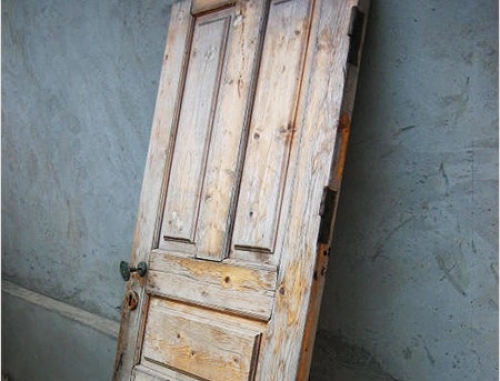
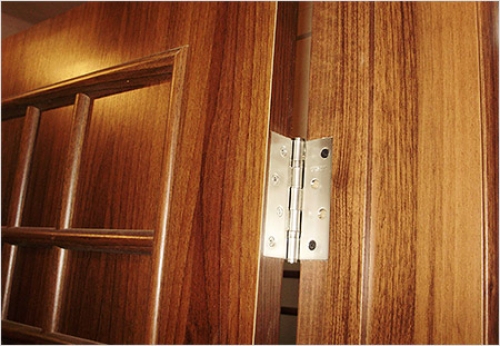
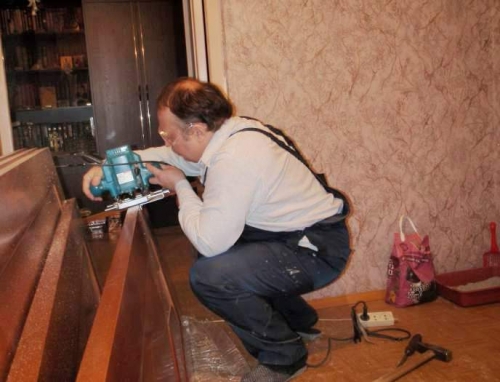
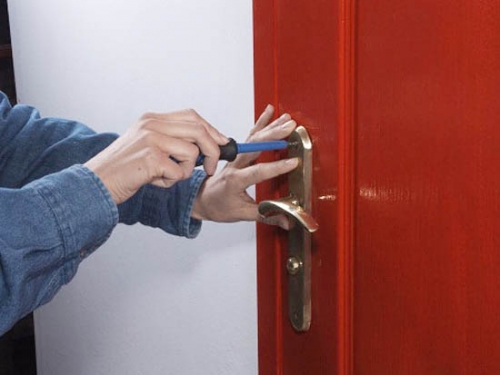
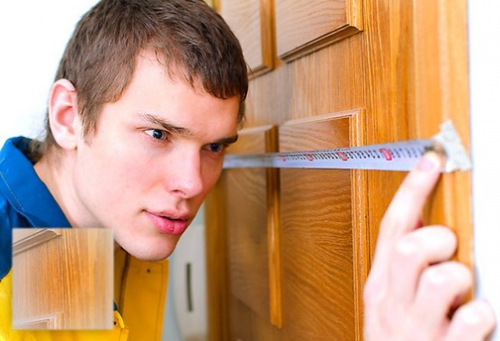
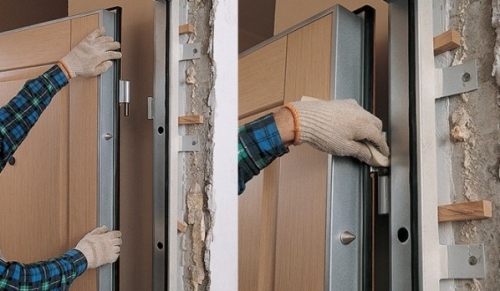
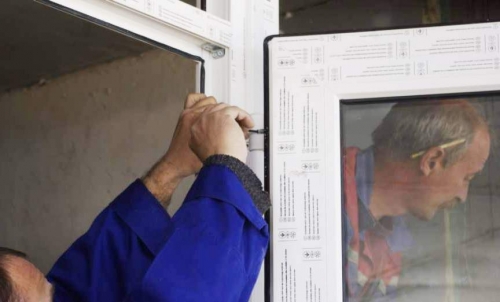
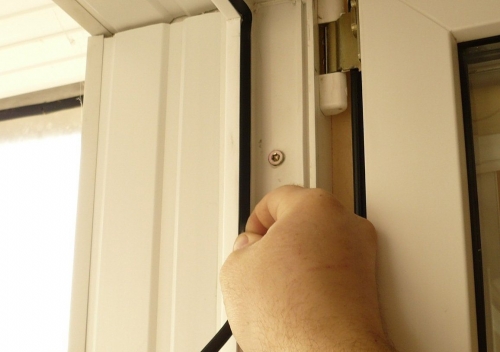
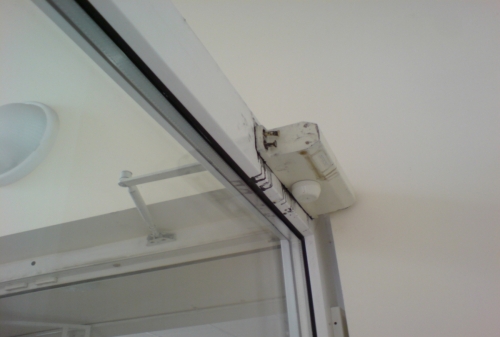
kotte
kotte